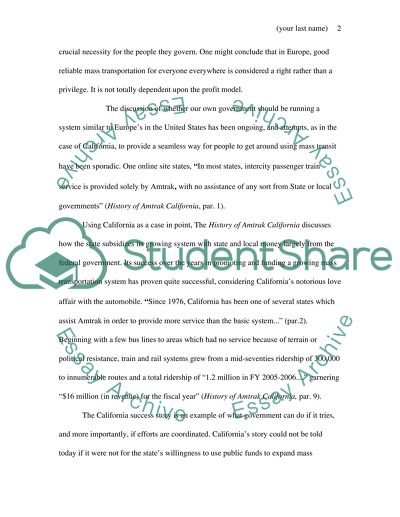Cite this document
(“The Current Patchwork Chaos: Public Transportation in America Research Paper”, n.d.)
The Current Patchwork Chaos: Public Transportation in America Research Paper. Retrieved from https://studentshare.org/technology/1560008-argumentive-essay-on-why-the-government-should-own-public-transportation
The Current Patchwork Chaos: Public Transportation in America Research Paper. Retrieved from https://studentshare.org/technology/1560008-argumentive-essay-on-why-the-government-should-own-public-transportation
(The Current Patchwork Chaos: Public Transportation in America Research Paper)
The Current Patchwork Chaos: Public Transportation in America Research Paper. https://studentshare.org/technology/1560008-argumentive-essay-on-why-the-government-should-own-public-transportation.
The Current Patchwork Chaos: Public Transportation in America Research Paper. https://studentshare.org/technology/1560008-argumentive-essay-on-why-the-government-should-own-public-transportation.
“The Current Patchwork Chaos: Public Transportation in America Research Paper”, n.d. https://studentshare.org/technology/1560008-argumentive-essay-on-why-the-government-should-own-public-transportation.


